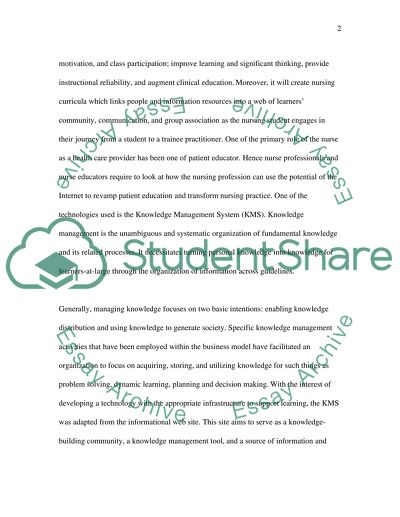Cite this document
(Technology and Nursing Practice Essay Example | Topics and Well Written Essays - 2000 words, n.d.)
Technology and Nursing Practice Essay Example | Topics and Well Written Essays - 2000 words. Retrieved from https://studentshare.org/nursing/1537802-technology-and-nursing-practice
Technology and Nursing Practice Essay Example | Topics and Well Written Essays - 2000 words. Retrieved from https://studentshare.org/nursing/1537802-technology-and-nursing-practice
(Technology and Nursing Practice Essay Example | Topics and Well Written Essays - 2000 Words)
Technology and Nursing Practice Essay Example | Topics and Well Written Essays - 2000 Words. https://studentshare.org/nursing/1537802-technology-and-nursing-practice.
Technology and Nursing Practice Essay Example | Topics and Well Written Essays - 2000 Words. https://studentshare.org/nursing/1537802-technology-and-nursing-practice.
“Technology and Nursing Practice Essay Example | Topics and Well Written Essays - 2000 Words”. https://studentshare.org/nursing/1537802-technology-and-nursing-practice.


